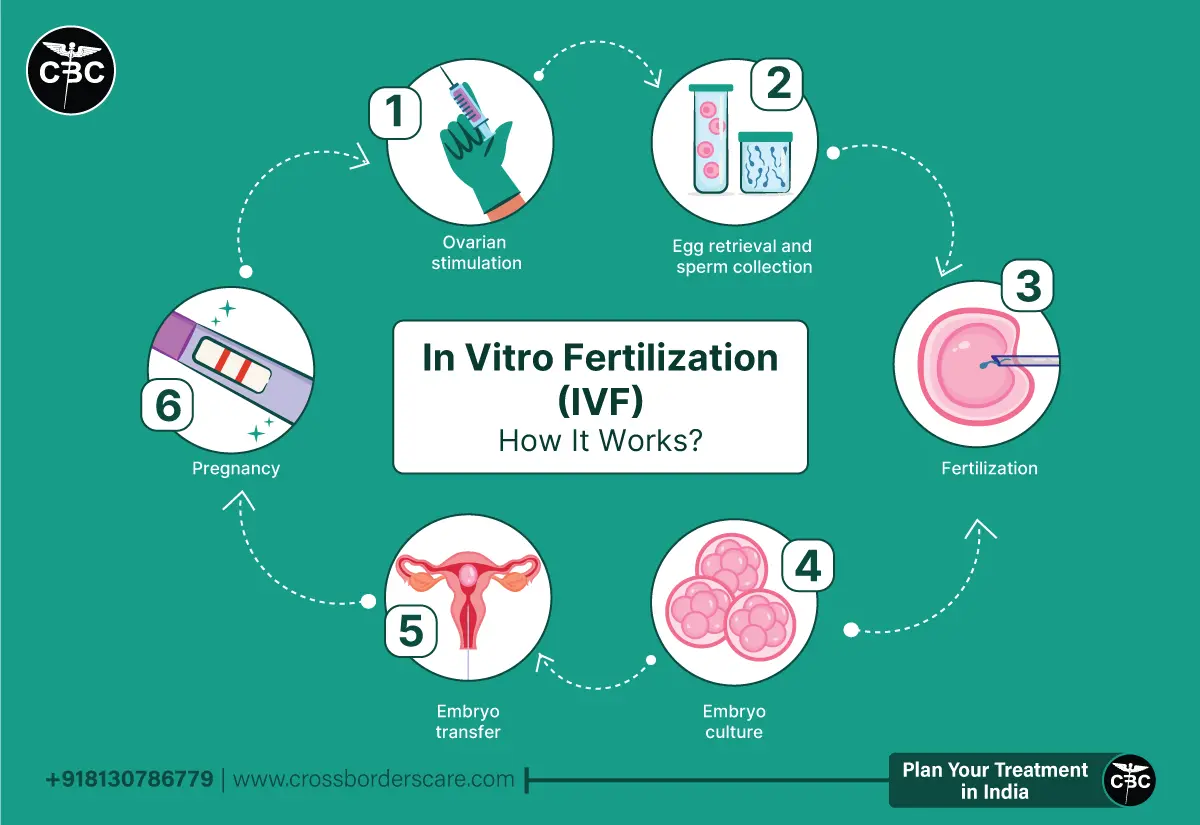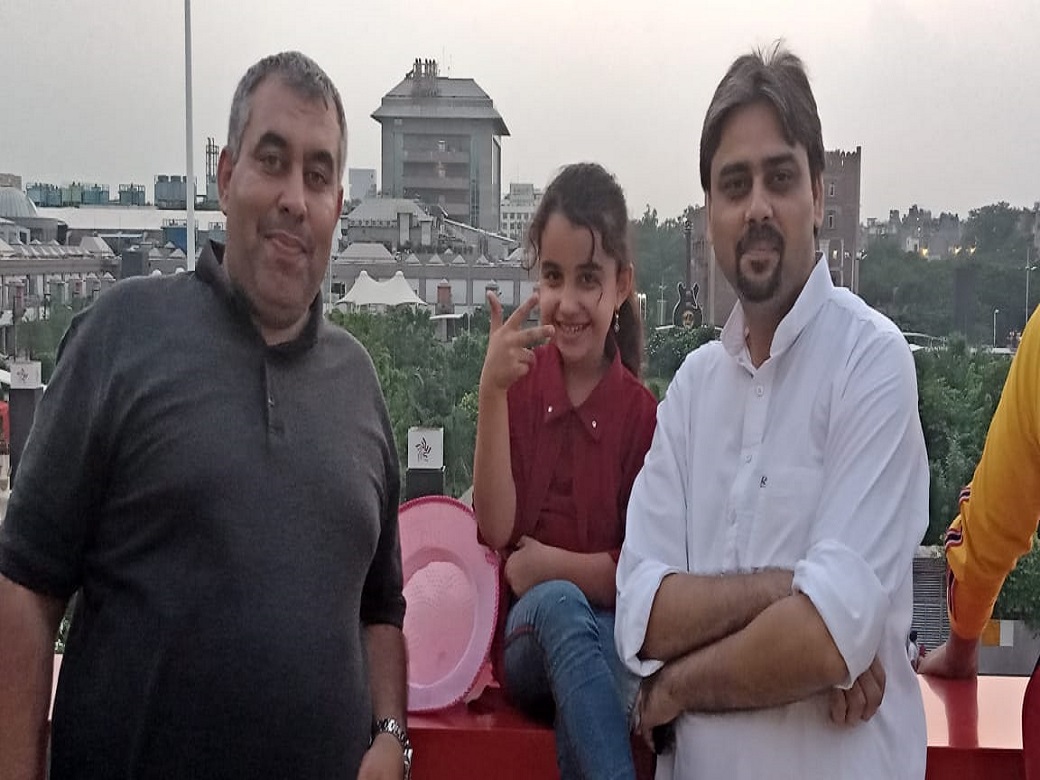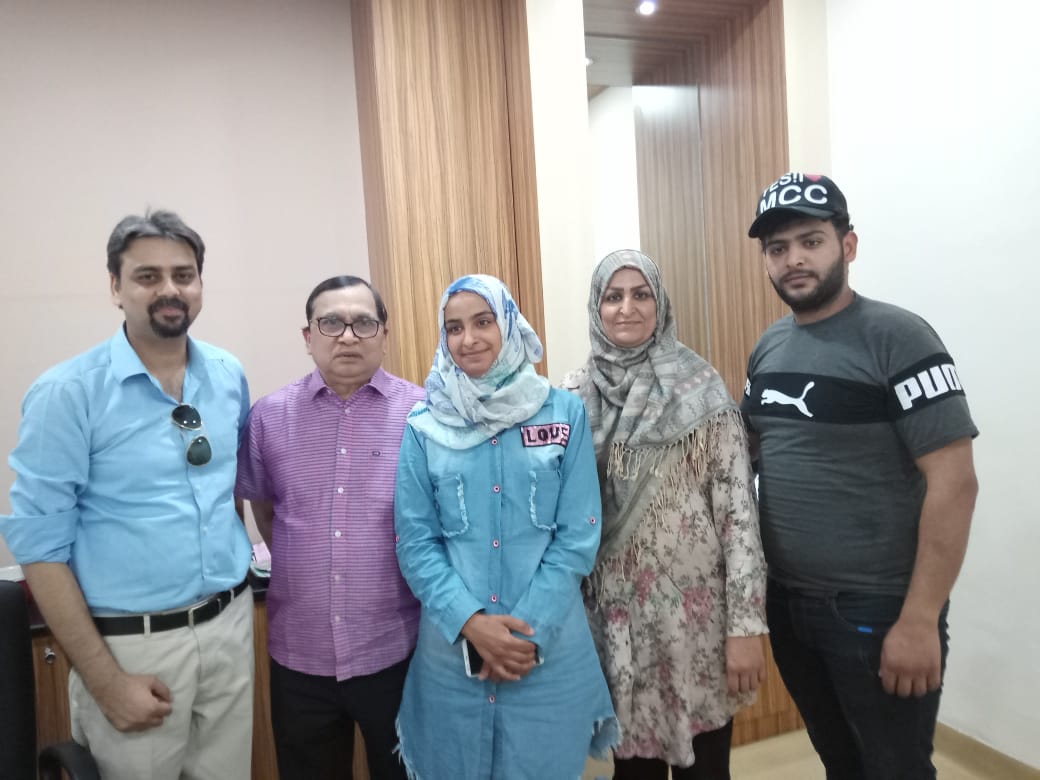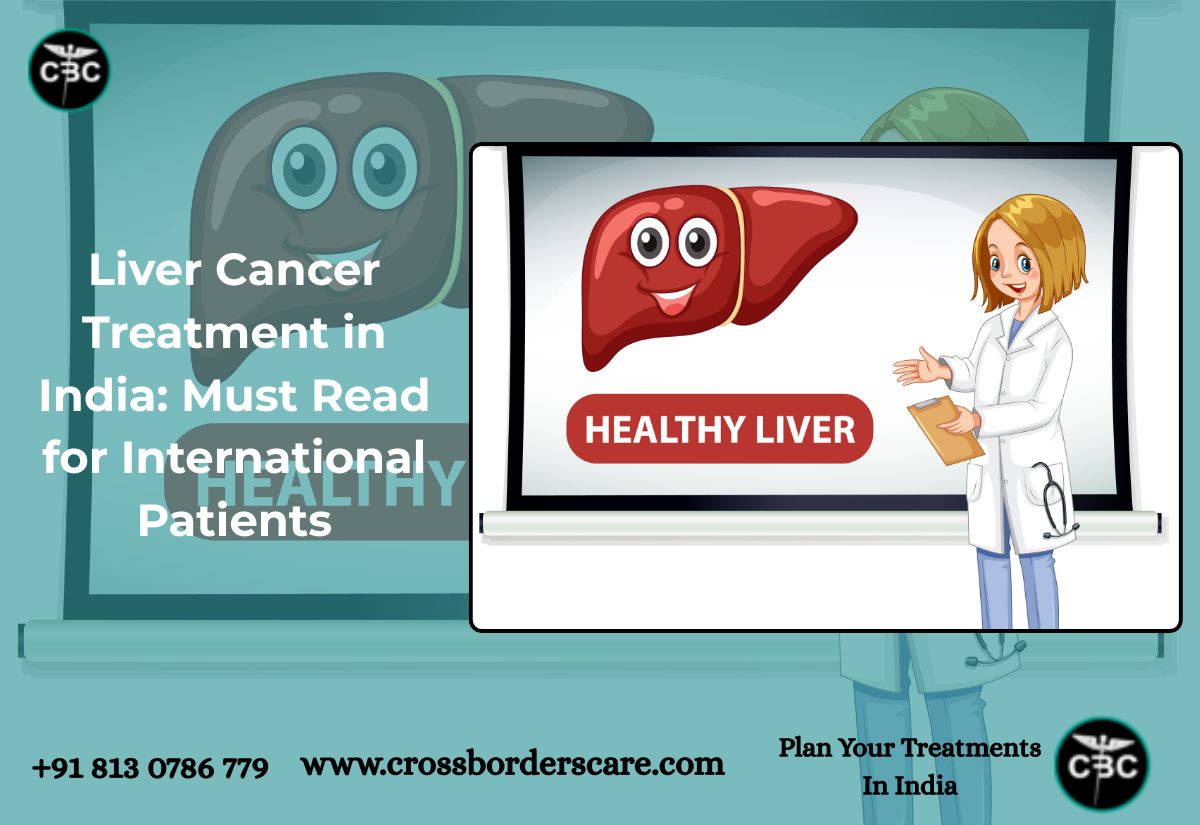IVF is the treatment option for couples facing infertility issues such as sperm or egg abnormalities or other medical conditions. Damage or blockage of the fallopian tube is considered the primary reason why people choose to do IVF. At the same time, abnormalities in the sperm count or motility are considered to be the second reason why people go for IVF.
In recent years, India has emerged as the top destination for cutting-edge medical female infertility treatments. With the advancement in technology, major hospitals in India like Apollo fertility, Birla Fertility and ART have been offering the best IVF treatments to couples struggling with infertility.
In this blog, we will tell you precisely what IVF is, how it works, and what infertility treatment options these leading healthcare institutions in India offer.
What is IVF?
IVF stands for In Vitro Fertilization. It is an assisted reproductive technology in which the sperm and the egg are fertilized outside the human body.
It is a complex process in which the eggs are removed from the female ovaries. The eggs are then combined with the sperm in the lab and allowed to fertilize. After fertilization, the fertilized egg, also known as the embryo, is placed inside the female uterus.
Why do you need IVF?
People choose IVF for numerous reasons. Some people try IVF if other treatment options have failed, while some try it because the females have passed the maternal age. It is also a procedure for those who want to have a baby without a partner.
IVF is an option for you if you are dealing with:
- Blocked fallopian tubes
- Endometriosis
- PCOS
- Fibroids in uterus
- Unexplained infertility
Procedure Details
The complete IVF treatment can be broken down into the following steps:
Step 1: Birth Control Pills
Before starting the treatment, the doctor will prescribe you birth control pills or estrogen. This will control the timing of your menstrual cycle. Birth control pills will also increase the number of mature eggs during the egg retrieval process.
Step 2: Ovarian Stimulation
The next step is ovarian stimulation. Ideally, during the natural cycle, a group of eggs in your ovary will mature each month. But only one egg gets mature enough to ovulate. The other immature eggs disintegrate.
When a female is in the IVF cycle, hormone injections are given so that the ovaries produce many eggs. That means you can have many eggs instead of just one egg. However, the frequency of hormone injections will depend on your medical history, age, and your response to the treatment.
The two steps involved in the ovarian stimulation process are :
Monitoring
The response of the medication by the ovaries will be monitored by ultrasound and blood hormone levels. Monitoring occurs every two weeks.
Trigger shot
When your eggs are ready, as determined by your ultrasound reports and blood hormone levels, you will be given a trigger shot just 36 hours before the egg retrieval process. The shot is provided so the eggs mature entirely before taking them out.
Step 3: Egg Retrieval
- The doctor will use an ultrasound to take a thin needle into each of your ovaries via the vagina. The needle is connected to a suction device to pull the eggs.
- The eggs are put in a dish that has a unique solution. The dish will then be placed in an incubator.
- The egg retrieval process is done 36 hours after your trigger shot.
Step 4: Fertilization
The eggs taken out from the ovaries are then combined with the sperm in a very controlled laboratory environment. The whole procedure can be done using the traditional method, where sperms are directly added to the eggs, or the modern method, ICSI.
ICSI, also known as Intracytoplasmic sperm injection, is a process in which a single sperm is injected into each egg.
Step 5: Embryo Culture
Over the next five to six days, the development of the embryos will be monitored closely. On average, 50% of fertilized embryos reach the blastocyst stage. This is the stage most suitable for transfer to your uterus. For example, if seven eggs were fertilized, three or four might develop into the blastocyst stage. The remaining 50% typically fail to progress and are discarded.
All embryos suitable for transfer will be frozen on day five or six of fertilization for future embryo transfers.
Step 6: Embryo Transfer
Embryo transfers are of two types:
Fresh Embryo Transfer
In this procedure, an embryo is inserted into your uterus three to seven days after the retrieval process. The embryo is not frozen and is fresh.
Frozen Embryo Transfer
In this, a frozen embryo from the previous IVF cycle is inserted into the uterus. These transfers can occur years after the egg retrieval process.
Embryo transfer is a straightforward procedure. The embryos are transferred to the uterus using a catheter. The entire procedure takes less than 10 minutes.
Step 7: Pregnancy
Pregnancy will occur when the embryo implants into the uterus. You will have to undergo blood tests to determine if you are pregnant or not, 9 to 14 days after the embryo transfer.
Cutting Edge IVF technologies at the top healthcare institution in India
The top hospitals in India, like MAX, APOLLO, AND FORTIS, use the latest technology to increase pregnancy rates. That is why, if you are considering getting the IVF treatment in India, you are on your way to success. Here are some of the latest technologies deployed by these hospitals to make IVF procedures a success:
Preimplantation Genetic Testing ( PGT)
In this technique, the embryos are tested for genetic abnormalities before being transferred to the uterus. All the top hospitals in India use the method.
Time Lapse Testing
Due to time-lapse testing, Max and Apollo Hospitals in India have the best pregnancy rates. In this testing, the embryologists assess the fittest embryos to transfer to the uterus.
Cryopreservation
Cryopreservation, or embryo freezing, plays a crucial role in IVF by allowing the storage of surplus embryos for future use. Max, Apollo, and Fortis hospitals use the latest techniques for rapid freezing, ensuring better preservation of embryo quality.
IUI
IUI stands for intrauterine insemination, in which the sperm are washed and processed into the uterus of the woman. The hospitals in India use the latest techniques for both IUI and sperm preparation.
Advanced laboratories
The top hospitals in India have advanced laboratories with the latest facilities to culture embryos. This increases the rates of conception.
In conclusion, India is leading in getting the latest IVF treatments. Thanks to all the big medical institutions here and the newest technology, IVF doctors are successfully able to offer the best male infertility treatment.
So, if you too want to become a parent and enjoy the joy of having a child, get the latest IVF treatment in India at affordable prices by contacting info@crossbordercare.com.
February 19, 2024


















